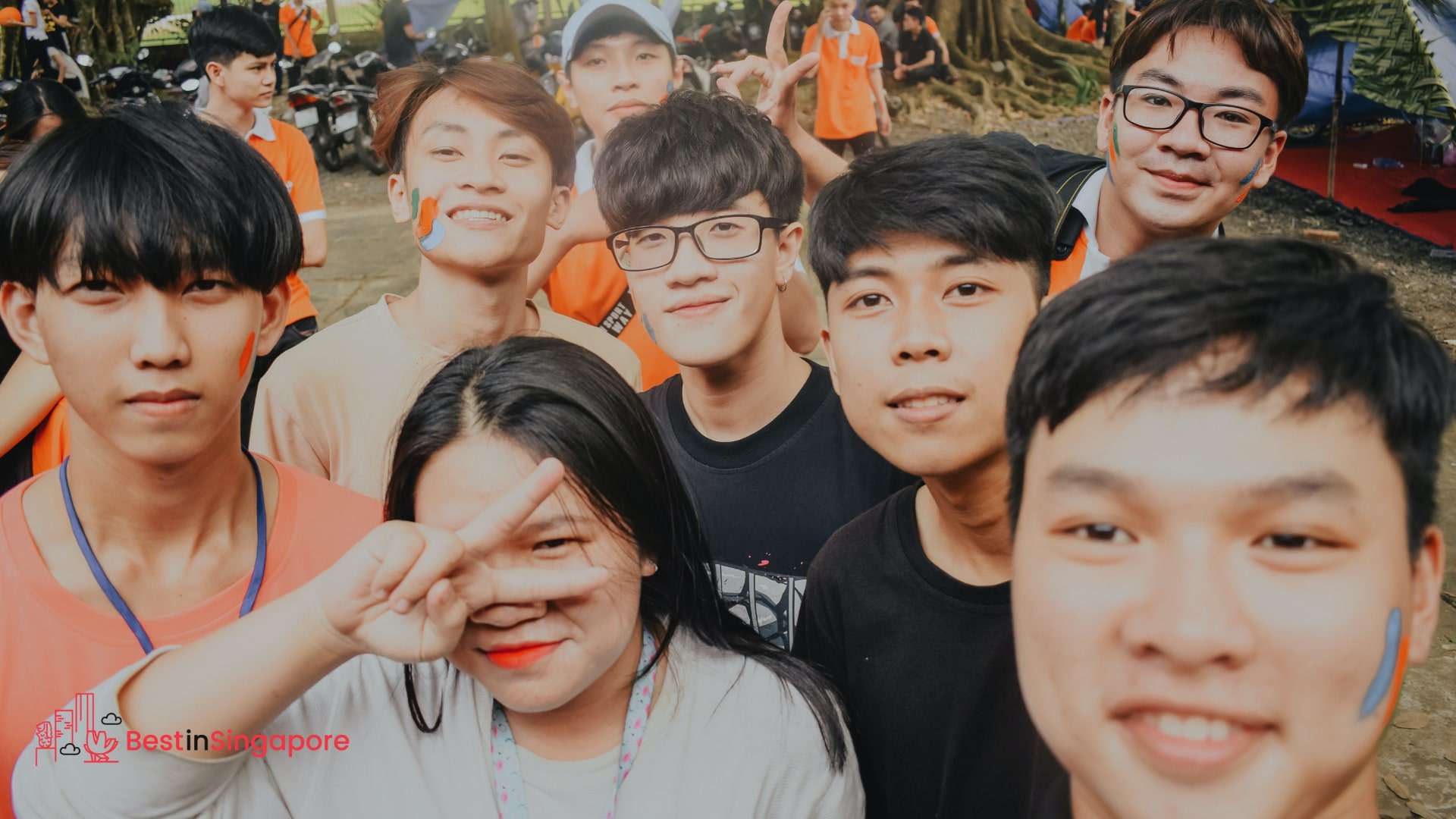A Melting Pot of Cultures: All About Diversity in Singapore
One of Singapore’s most striking characteristics is that it’s an incredibly diverse nation, despite only having a population of about 5 million people. In fact, the best way to describe Singapore is that it’s a melting pot of cultures, ethnicities, and religions.
Because of this, many people consider Singapore a hub of diversity and inclusion. But is that really true—or does Singapore still have a lot of issues when it comes to being diverse and inclusive of all people?
In this article, we’ll be discussing the different factors that contribute to the nation’s diversity and what the government is doing to uphold inclusivity.
A Brief Overview of Diversity in Singapore
To fully understand just how diverse Singapore is, let’s break down the nation’s demographics based on three factors, namely citizenship/immigration status, race and ethnicity, and religion.
Citizenship/Immigration Status

According to the National Population and Talent Division (NPTD), Singapore’s population was 5.64 million in 2022.
Of that number, 4.07 million are citizens, while 520,000 are permanent residents. Permanent residents are people who aren’t Singapore nationals but still enjoy many of the same rights and privileges as citizens.
The remaining 1.56 million are non-residents, which comprise the following people:
- 11% Employment Pass Holders
- 11% S Pass Holders
- 23% Construction, Marine Shipyard, and Process (CMP) Work Permit Holders
- 19% Non-CMP Work Permit Holders
- 16% Migrant Domestic Workers
- 16% Dependants of Citizens/PRs/Work Pass Holders
- 4% Students

And these figures continue to rise over the years! The number of citizens and permanent residents grew by 1.6% and 6.3% between 2021 and 2022, while the non-resident population increased by 6.6%.
The NPTD believes that the rise in current numbers is due to the easing of travel restrictions related to COVID-19. If this continues, we just might see the numbers of citizens, permanent residents, and non-residents continue to rise in the next years.
Race and Ethnicity

The concept of race and ethnicity in Singapore is a complicated one. For one thing, the practice of classifying people based on their races or ethnicities is a result of British colonial practices seeping into the local culture.
And for another, Singapore experienced inter-racial tensions when it was still part of the Federation of Malaysia, and these tensions culminated in harrowing events like the 1964 Race Riots.
Singapore eventually separated from Malaysia on August 9, 1965, and the new government aimed to develop a “Singaporean Singapore” identity based on racial equality.

At the time, there were four major races in Singapore: Chinese, Malays, Indians, and Eurasians. Now, the model used to determine the races and ethnicities is CMIO, which stands for Chinese-Malay-Indian-Others.
The order represents the ethnic groups dominant in Singaporean society. Chinese make up most of the population, with about 74.3% as of 2020; Malays are next at 13.5%, followed by Indians at 9%, and finally other ethnicities at 3.2%.
Because of the variety in terms of race and ethnicity, Singapore has four official languages: English, Mandarin, Malay, and Tamil.
Breakdown of CMIO

In the general CMIO model, each major ethnic group can be divided into even more sub-groups. Here are the following sub-groups that fall under CMIO and their respective populations in 2020.
Religion
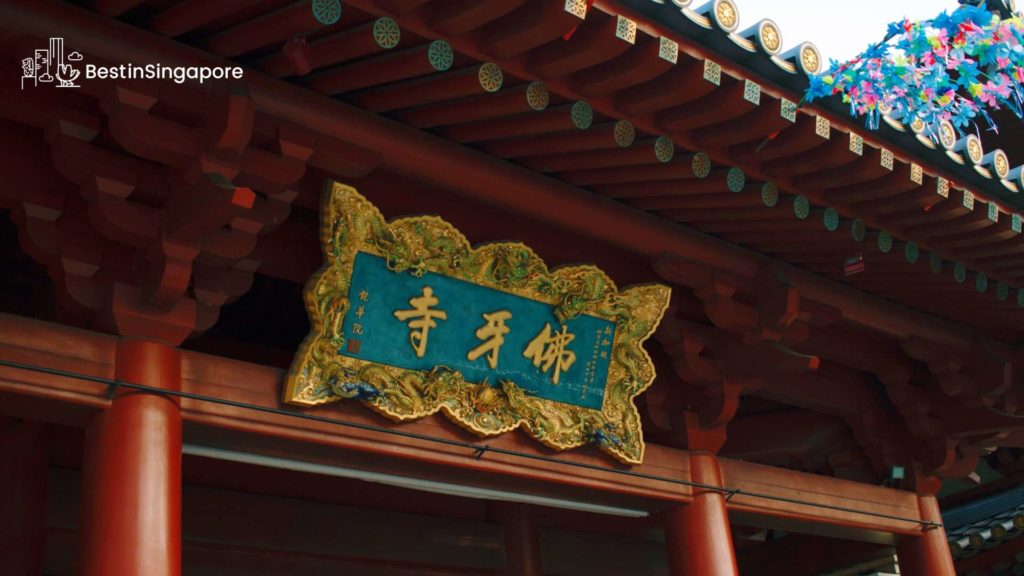
Considering the variety of ethnic groups living in Singapore, it only makes sense that different religions co-exist here too. In fact, the Singaporean government is tolerant of different religions and encourages everyone to practice religious harmony.
That said, there are some religions or denominations that are banned in Singapore primarily because the government regards them as cults. Two good examples are Jehovah’s Witnesses and the Unification Church and Christian Conference of Asia.
Here’s a breakdown of the primary religious beliefs or affiliations in Singapore:
- Buddhism: 31.1%
- No religious affiliation (atheist, agnostic, etc.): 20%
- Christianity: 18.9%
- Islam: 15.6%
- Taoism and other Chinese religions: 8.8%
- Hinduism: 5%
- Sikhism and other religions: 0.6%
What makes Singapore a hub of diversity and inclusion?
Singapore has always been a hub for diversity and inclusion. And there are three reasons for this: the nation’s strategic location, its immigration-friendly policies, and the government’s efforts to uphold diversity.
Strategic Location

Singapore is strategically located in Southeast Asia: it sits at the crossroads of various major routes of trade, shipping, and aviation. In a way, Singapore serves as a bridge between the East and West, drawing a diverse mix of people.
In the 21st century, Singapore’s strategic location makes it an ideal place for businesses. With a headquarters office here, a company can stay connected with the Western market as well as tap into the emerging markets of Southeast Asian nations.
It also helps that foreigners can easily start a business in Singapore too; they only have to comply with a few requirements. Because of this, some foreigners have flocked to Singapore to fulfill their entrepreneurial dreams.
Immigration-Friendly Policies

Singapore doesn’t just attract foreign businesspeople and their own team of workers; this nation also appeals to foreigners who want to leave their country in search of a new home.
Many people choose to immigrate to Singapore because this country offers a high standard of living: the education system is superb, the public transport system is efficient, and the salaries are pretty decent.
The government also encourages the hiring of foreign talent who are highly skilled or experienced in a certain field or craft.
There are committees and programs tasked with looking for these talents, and the government has also developed the Scheme for Housing of Foreign Talent. Essentially, this scheme provides affordable accommodations to any foreign talent they find.
Government’s Efforts in Upholding Diversity
In addition to Singapore’s strategic location and high standards of living, another reason this country attracts people of all backgrounds is the fact that the national government actually puts in the effort to uphold diversity and inclusion in the country.
Here are a few examples of the efforts that the government has made to promote diversity and inclusion in Singapore.
Workplace Diversity Laws in Singapore

To ensure that all workers are treated with respect regardless of their background, the Tripartite Alliance for Fair and Progressive Employment Practices (TAFEP) laid out guidelines that workplaces should abide by.
These guidelines are as follows:
- Employers should establish progressive human resource management systems so that all employees would be treated with respect.
- Employees should be rewarded fairly based on their performance, contributions, and experience.
- Employers should recruit employees based on merit. There should be no biases regarding gender, religion, marital status, age, race, and disability.
- All employees should be provided with equal opportunities, especially when it comes to training and development.
Employers are encouraged to become TAFEP pledge signers, which indicates that they’re willing to follow all these guidelines. As of now, there are over 5,400 employers in Singapore who have signed the pledge.
Racial Harmony Day
— From: merculearningpoint
Racial Harmony Day in Singapore is a day that commemorates the 1964 Race Riots and highlights the importance of keeping racial harmony within a society. This event is observed on July 21 and is usually celebrated in schools and grassroots organizations.
One highlight of Racial Harmony Day is students dressing up in other cultures’ traditional costumes (for example, sari, baju kurung, and cheongsam). Traditional food and sweet treats are also served throughout the day.
The Harmony Games is also held during the day. Various ethnic communities get together and play games in an effort to strengthen the relationship among Singaporeans of all ethnicities.
LGBTQIA+ Rights
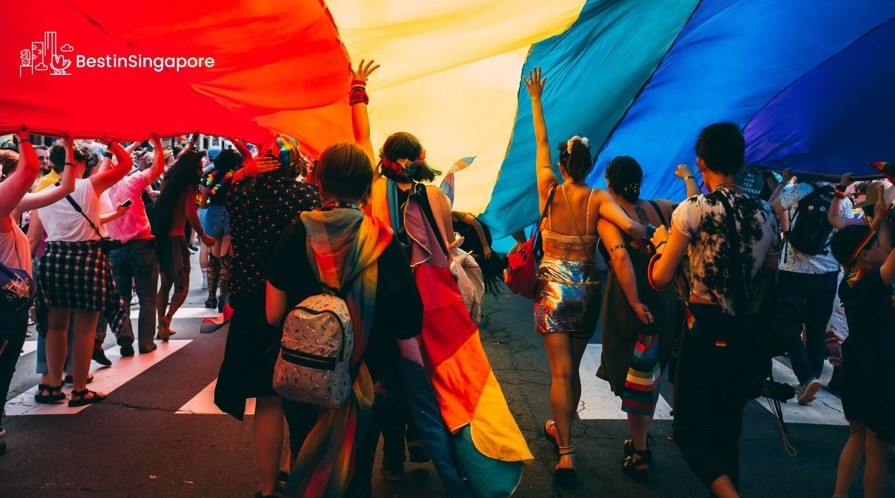
While Singapore is somewhat conservative, there has been some progress when it comes to protecting the rights of people in the LGBTQIA+ community.
On a social level, queer people are widely accepted in many parts of Singapore. LGBTQIA+ pride festivals are celebrated annually, and the number of people participating steadily increases every year.
On a legislative level, same-sex sexual activity is now legal for both men and women. For men, specifically, it was only legalized in 2022.
Queer people are also legally protected to some extent against anti-LGBT harassment and violence.
Additionally, sex reassignment surgery has been legal since 1973, making Singapore the first country in Asia to do so.
The Main Issues Regarding Diversity in Singapore
Even though Singapore has tried its best to promote diversity and inclusion for everyone, there are still a few issues that need to be improved. These are some of the biggest issues so far.
Workplace Discrimination
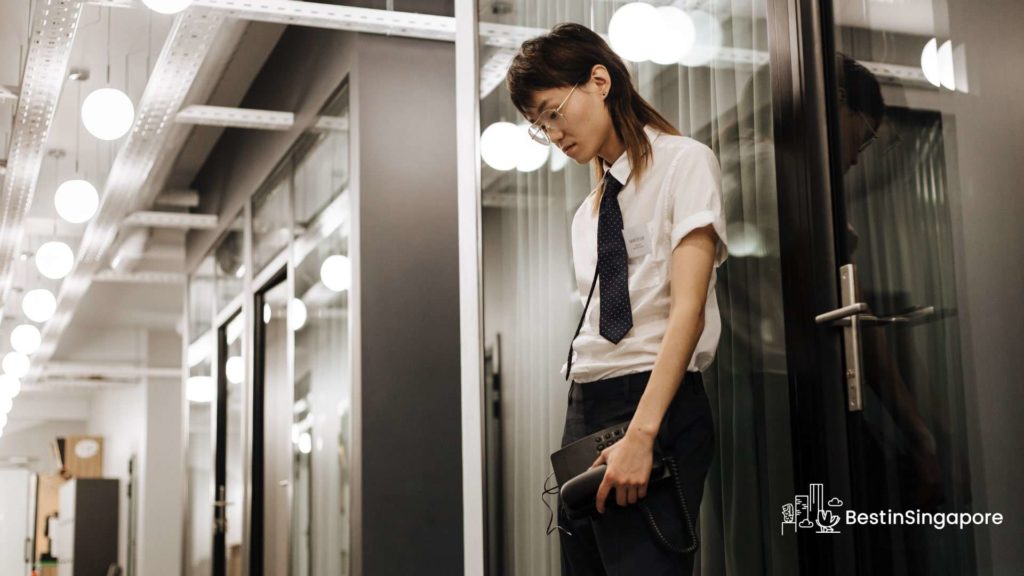
Even though guidelines are set that aim to protect employees of all backgrounds, employees still report that they haven’t seen any progress.
The ADP Research Institute has just released its People at Work 2023: A Global Workforce View, where it’s reported that 47% of employees in Singapore haven’t seen any improvement in their company’s gender pay equality for the past three years.
Additionally, another survey revealed that around one in two workers in Singapore have experienced some form of workplace discrimination in the past five years.
Certain groups that are vulnerable to discrimination include people with disabilities, LGBTQIA+ people, women, and people who are part of a minority race. Some employees also reported being discriminated against due to their old age.
The only way to fix this issue is for employers to actively address the stagnation of their diversity, equality, and inclusion efforts and the pay disparity between men and women.
Limited Family Rights for LGBTQIA+ People
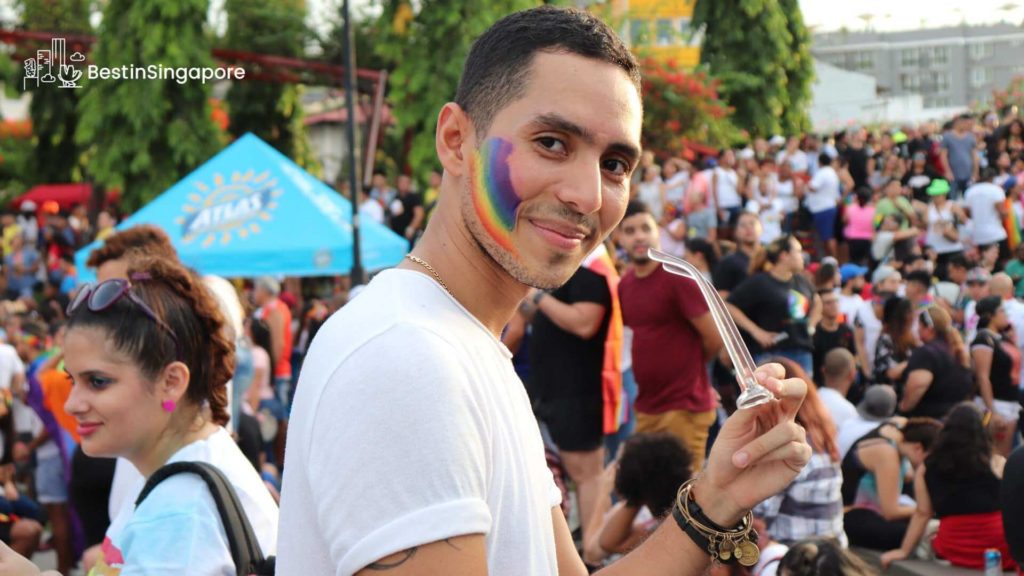
Though people are allowed to express their gender identity and sexuality, there are still a few obstacles that stand in the way of the local LGBTQIA+ rights movement.
The most prominent issue is regarding family rights for queer people. As of now, same-sex marriages aren’t recognized in Singapore, and the ability of queer people to adopt children is limited.
That said, there might be hope in the future because, in 2022, the repeal of Section 377A of the Penal Code was officially passed in the Parliament. In other words, it’s possible that amendments to the definition of marriage will happen soon.

